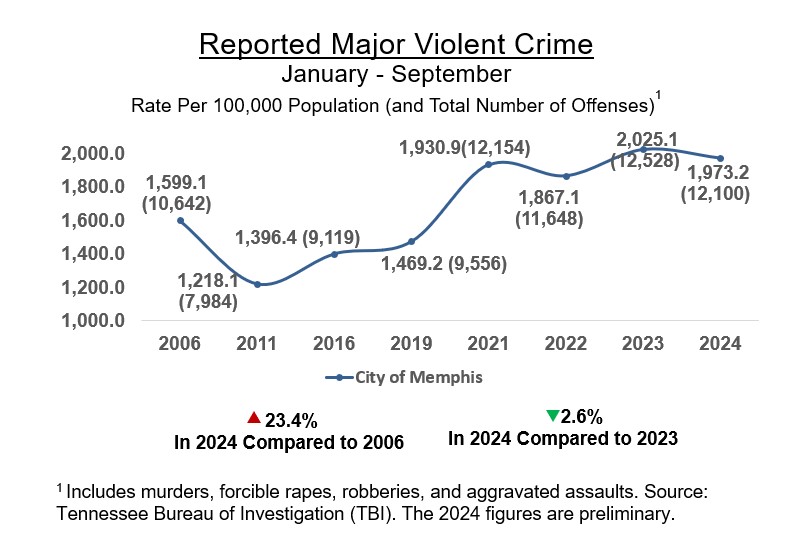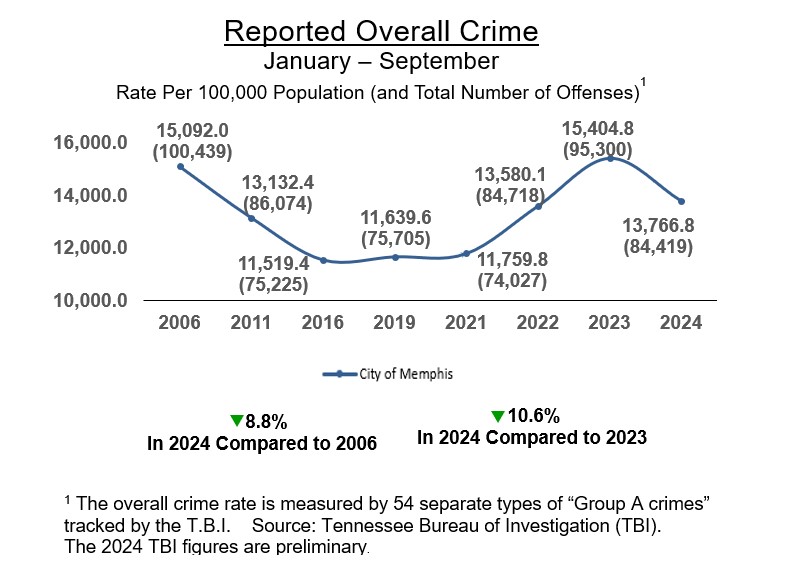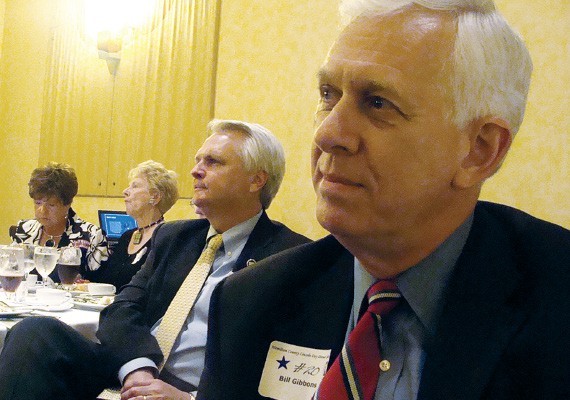New Orleans has made some recovery since Hurricane Katrina ravaged the city in 2005. The population is almost 70 percent of what it was before the hurricane. In some parts of the city, especially in the tourist-friendly French Quarter, the only evidence of the storm are T-shirts that say, “I survived Hurricane Katrina.”
But the Orleans Parish district attorney’s office has yet to bounce back. In the first half of this year, many felony cases were dismissed, due in part to inadequate staffing levels. In other cases, key witnesses never returned to the city after Katrina.
Then last month, after a federal judgment levied $3.7 million against the office for firing 42 white employees, New Orleans district attorney Eddie Jordan resigned.
Shelby County district attorney Bill Gibbons and four other D.A.’s from across the country spent November 12th to 16th in New Orleans evaluating the local office and meeting with judges, community leaders, and law enforcement. In the next 60 days, the group will recommend how to repair the Orleans Parish office.
— Bianca Phillips
Flyer: How did Katrina affect the Orleans Parish office?
Gibbons: In the first half of 2007, over half of their homicide cases were dismissed, as well as over half of their robbery cases. A lot of those were pre-Katrina cases.
[Missing witnesses] ranged from people who were on the scene and needed to testify about a particular crime, to former police officers no longer on the force. On the other hand, the office did not have the adequate staff and resources to locate witnesses who may still be in New Orleans.
Is crime on the rise in New Orleans?
They have a very high homicide rate and a fair amount of drug trafficking. The levee issue [people not returning because they aren’t sure the city is safe from storms] has been replaced by the crime issue as the major hurdle in persuading people to come back to New Orleans.
Was the D.A.’s physical office destroyed in Katrina?
The office was about six feet under water. Since then, it has been closed, and it’s my understanding that there’s a serious mold problem. It’s probably going to need to be gutted and totally redone.
For now, they’re in temporary office space. They don’t have an office-wide e-mail system. They have three to four employees sharing telephones. They don’t have enough computers for the office staff. The office is operating off of folding picnic tables.
On top of all that, the D.A. resigned.
[New Orleans D.A. Eddie Jordan] had been sued for race discrimination as a result of terminating a fairly large number of employees when he took office. They were primarily investigators and victims-service assistants, as well as support staff. The federal district court recently ruled that the assets of the office could be seized to satisfy that judgment.
Who’s running the office now?
An interim D.A. was appointed, Keva Landrum-Johnson. I’m pretty impressed with her. I think she’s smart, tough, and savvy. She faces more challenges than any D.A. in America right now.
A federal judge froze six of the office’s bank accounts this month as the first step in seizing the $3.7 million. Is that having any effect?
They had great difficulty making payroll last week. They’ll face the same problem at the end of this month. My guess is that they will end up securing a loan to pay off all or part of the judgment.
Why did you go to New Orleans?
The National District Attorneys Association was looking for D.A.’s from cities similar in size to New Orleans, as well as cities that may have something in common with New Orleans. In our case, we’re larger in city population than New Orleans, but our metropolitan area is about the same size. And Memphis has so many commercial and cultural ties with New Orleans.
What did you do?
We interviewed as many stakeholders as we could. We talked to the interim D.A. and to her key staff members. We talked to the police chief and other key people in the police department, Mayor Nagin, various judges, and representatives of the business community.
We’re not trying to come up with some five-year strategic plan for the D.A.’s office. We were more of a MASH unit that comes in and identifies some specific things that could be done in the immediate future.
Could New Orleans’ problems affect Memphis?
New Orleans is our sister city, so what happens down river affects us here. If New Orleans can make some headway on its crime problem, I think that will benefit us in the long run.






